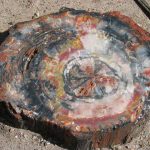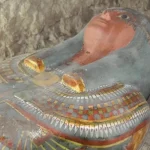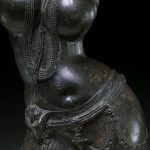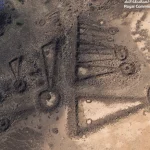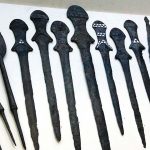The Thinker of Anargyri

🗿 The Thinker of Anargyri
Description & Origin
A small clay figurine depicting a pregnant woman, dating from the Early Neolithic period (6500–5800 BCE). It was uncovered in the prehistoric settlement of Anargyri XIIIa, located in Thessaly, Greece.
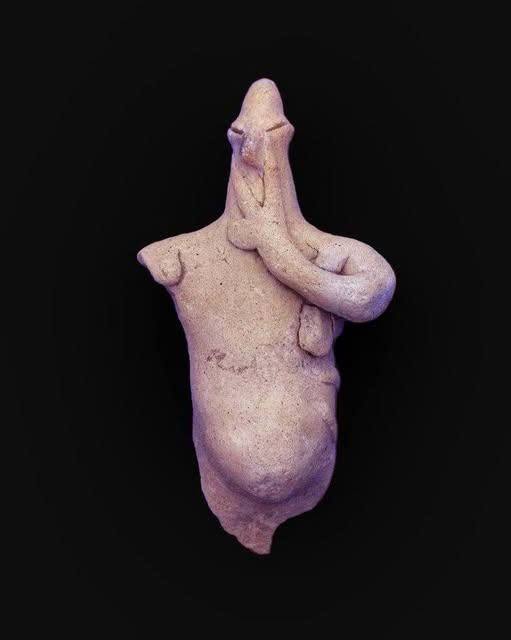
Artistic and Cultural Significance
Neolithic figurines from Greece often emphasized fertility themes, with detailed representation of female bodies—especially during pregnancy.
. This statuette’s rounded belly and realistic shape suggest it was meant to symbolize fertility, motherhood, or the societal importance of childbearing.

Context within Early Neolithic Thessaly
Early Neolithic communities in Thessaly inhabited one-room houses, practiced farming and livestock rearing, and placed such figurines within domestic contexts—likely for ritual, protective, or symbolic reasons
.
Broader Comparisons
Similar figurines—emphasizing female fertility—are prevalent in Middle to Late Neolithic Greece, such as the well-known Sesklo and Dimini figurines. However, male figurines were rare. The occasional male “Thinker”-type statuette appears later during Middle/Late Neolithic periods, but these differ from the pregnant female figurines like Anargyri’s
.
🔍 Summary
The “Thinker of Anargyri” is a striking example of Early Neolithic art in Greece, highlighting how communities emphasized fertility through realistic female imagery. As a domestic artifact likely tied to ritual or symbolic practice, it provides a vivid window into prehistoric life in Thessaly between 6500 and 5800 BCE.



